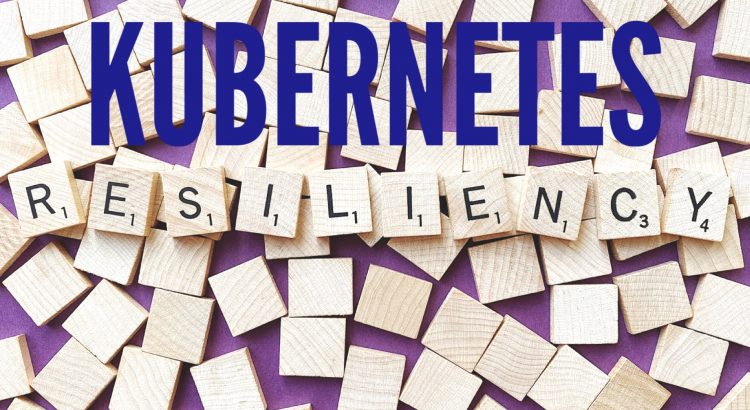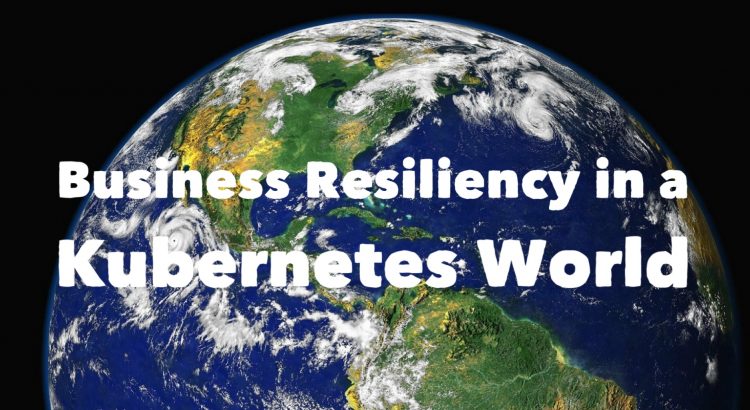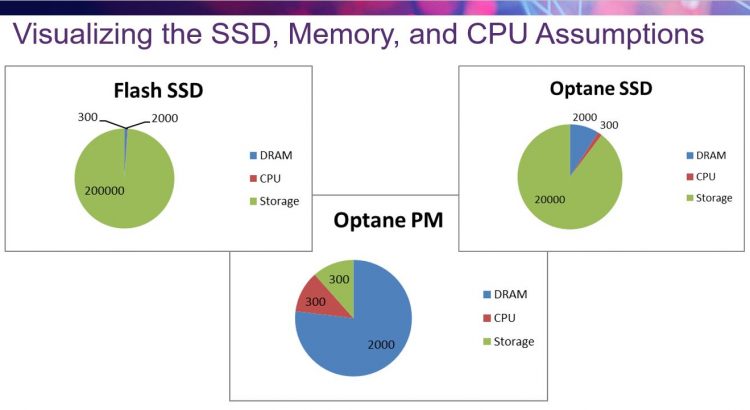At the
2018 KubeCon keynote, Monzo Bank explained the potential risk of running a single massive Kubernetes cluster. A minor conflict between
etcd and Java led to an outage during one of their busiest business days, prompting questions, like “If a cluster goes down can our business keep functioning?” Understanding the business continuity implications
of multiple Kubernetes clusters is an important topic and key area of debate.
It’s an opportunity for the
SNIA Cloud Storage Technologies
Initiative (CSTI) to host “
A Multi-tenant Multi-cluster Kubernetes “Datapocalypse” is Coming” – a live webcast on June 23, 2020 where Kubernetes expert, Paul Burt, will dive into:
- The history of multi-cluster Kubernetes
- How multi-cluster setups could affect data heavy workloads (such as multiple microservices backed by independent data stores)
- Managing multiple clusters
- Keeping the business functioning if a cluster goes down
- How to prepare for the coming “datapocalypse”
Multi-cluster Kubernetes that provides robustness and resiliency
is rapidly moving from “best practice” to a “must have”.
Register today to
save your spot on June 23
rd to learn more and have your questions
answered.
Need a refresher on Kubernetes? Check out the CSTI’s 3-part
Kubernetes in the Cloud series to get up-to-speed.
 Internet of Payments (IoP) enables payment processing over many kinds of IoT devices and has also led to the emergence of the micro-transaction. It’s an area of rapid growth.
Recently, the SNIA Cloud Storage Technologies Initiative (CSTI) hosted a live webcast Technology Implications of Internet of Payments. The talk was hosted by me, with Glyn Bowden from HPE and Richard George from HLPS providing expert insight.
In the course of the conversation, several comments and questions arose, and they are summarized here. Feel free to view the entire discussion and provide us with feedback on the talk. We are also always interested on topics you’d like to see us cover in the future.
Q. When considering digitization of assets, currency is not locked to a solid standard. That is, they are not based on specific physical assets. Many new digital currencies are therefore unstable. But the proposition here is that they would be more secure because they’re locked to real physical value. Is that correct? Read More
Internet of Payments (IoP) enables payment processing over many kinds of IoT devices and has also led to the emergence of the micro-transaction. It’s an area of rapid growth.
Recently, the SNIA Cloud Storage Technologies Initiative (CSTI) hosted a live webcast Technology Implications of Internet of Payments. The talk was hosted by me, with Glyn Bowden from HPE and Richard George from HLPS providing expert insight.
In the course of the conversation, several comments and questions arose, and they are summarized here. Feel free to view the entire discussion and provide us with feedback on the talk. We are also always interested on topics you’d like to see us cover in the future.
Q. When considering digitization of assets, currency is not locked to a solid standard. That is, they are not based on specific physical assets. Many new digital currencies are therefore unstable. But the proposition here is that they would be more secure because they’re locked to real physical value. Is that correct? Read More
 Internet of Payments (IoP) enables payment processing over many kinds of IoT devices and has also led to the emergence of the micro-transaction. It’s an area of rapid growth.
Recently, the SNIA Cloud Storage Technologies Initiative (CSTI) hosted a live webcast Technology Implications of Internet of Payments. The talk was hosted by me, with Glyn Bowden from HPE and Richard George from HLPS providing expert insight.
In the course of the conversation, several comments and questions arose, and they are summarized here. Feel free to view the entire discussion and provide us with feedback on the talk. We are also always interested on topics you’d like to see us cover in the future.
Q. When considering digitization of assets, currency is not locked to a solid standard. That is, they are not based on specific physical assets. Many new digital currencies are therefore unstable. But the proposition here is that they would be more secure because they’re locked to real physical value. Is that correct? Read More
Internet of Payments (IoP) enables payment processing over many kinds of IoT devices and has also led to the emergence of the micro-transaction. It’s an area of rapid growth.
Recently, the SNIA Cloud Storage Technologies Initiative (CSTI) hosted a live webcast Technology Implications of Internet of Payments. The talk was hosted by me, with Glyn Bowden from HPE and Richard George from HLPS providing expert insight.
In the course of the conversation, several comments and questions arose, and they are summarized here. Feel free to view the entire discussion and provide us with feedback on the talk. We are also always interested on topics you’d like to see us cover in the future.
Q. When considering digitization of assets, currency is not locked to a solid standard. That is, they are not based on specific physical assets. Many new digital currencies are therefore unstable. But the proposition here is that they would be more secure because they’re locked to real physical value. Is that correct? Read More








